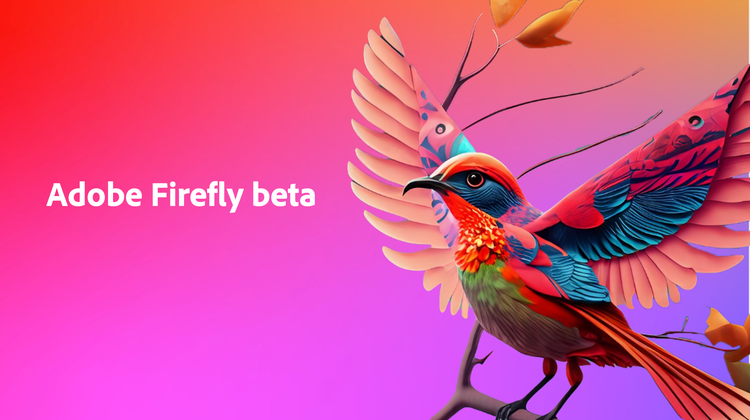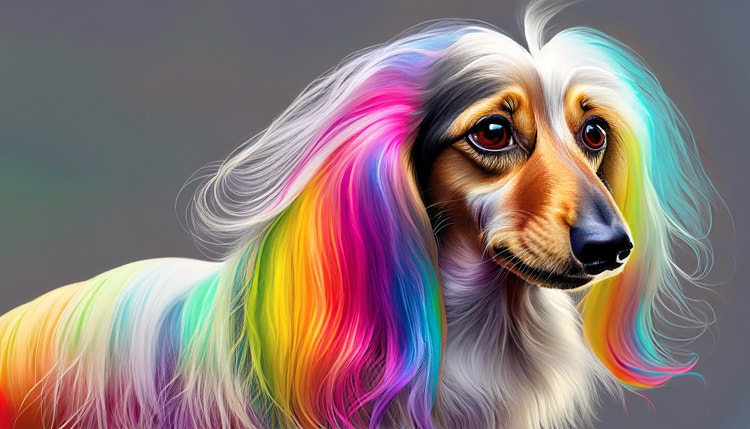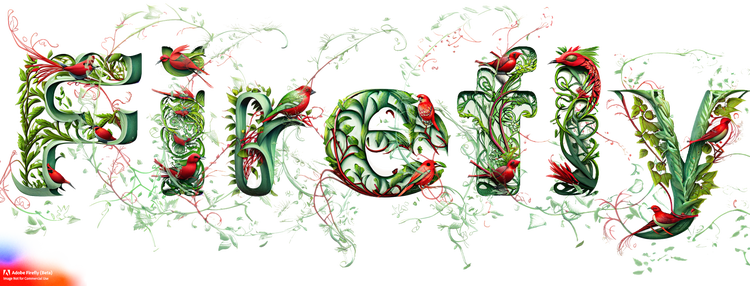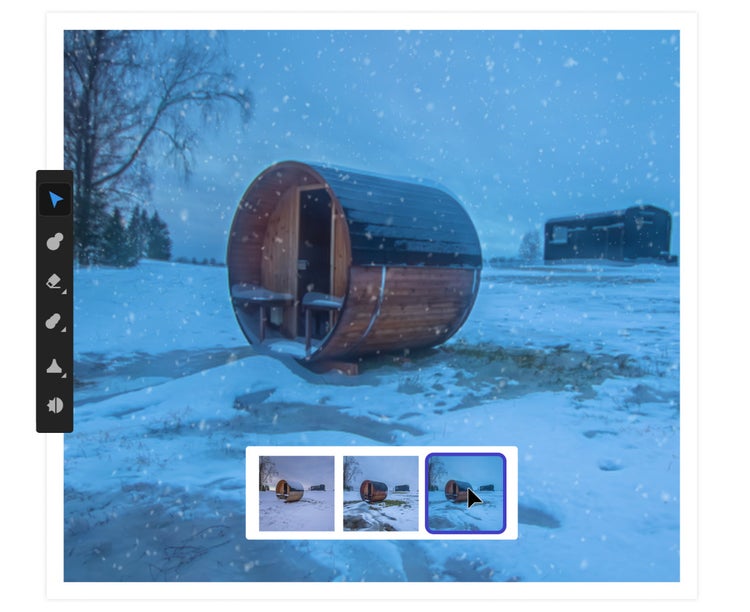Bringing Generative AI into Creative Cloud with Adobe Firefly

Images generated using Adobe Firefly.
Today marks the beginning of an important new chapter for our creative products with the introduction of Adobe Firefly, a family of generative AI models for creative expression. Firefly will mix the power of our applications with the promise of generative AI in ways that empower you to express your creative ideas with greater efficiency and without constraints. We’re entering a world where you’ll be able to bring your creative vision to life simply by describing what you want in your own words, or with a simple gesture in your app. A world where you can modify a video or cut an audio track simply by describing a desired mood. A world that lets you merge the best of application workflows with the best of generative AI — where your creative applications act as a creative co-pilot and help you instantly iterate through hundreds of variations of your work, all in your unique style. Because of generative AI, the conversation between creator and computer will transform into something more natural, intuitive and powerful in the years ahead.
This is why we’re so excited about generative AI. We want creating with Adobe products to feel like dreaming with your eyes open. We’ve built advanced machine learning models that enable a computer to generate content based on nothing more than a description and are in the process of deeply integrating them into our application workflows. This represents the next stage of a journey we began a decade ago, when we saw the potential of AI to transform every aspect of computing. Since then we’ve brought hundreds of AI features into our products, built on Adobe Sensei.

Images generated using Adobe Firefly.
Firefly is a major step forward. Our first Firefly model focuses on the creation of images and text effects. It is particularly valuable to those seeking to generate content for commercial use because it is trained on hundreds of millions of professional-grade, licensed images in Adobe Stock along with openly licensed content and public domain content where the copyright has expired. We’ve augmented the model with a powerful style engine, to help you explore the generative capabilities and create photos, art, graphics and text effects with impressive style, color, tone, lighting and composition controls. Everything is designed, from the ground up, to be embeddable into your existing workflows across Adobe Creative Cloud, Document Cloud, Experience Cloud and Adobe Express. Adobe is also planning to make Firefly available via APIs on various platforms to enable customers to integrate into custom workflows and automations.

Images generated using Adobe Firefly.
We believe that Firefly can help people grow their creative confidence by removing barriers between creative vision and blank page. It puts hours back into the lives of creators at a moment when both the demand for content and the demands on their time have exploded. We want Firefly to realize the power of generative AI and amplify human creativity and intelligence without replacing the beauty and power of human imagination. That’s why today, we’re starting with a Firefly beta. We want your feedback on how best to shape the future of generative AI for creativity. We’ll be introducing future models tailored toward different skill-levels and use-cases, making use of a variety of assets, tech and training data from Adobe and others. We’re planning to include models that creators can train on their own personal style and brand language — which will be hugely beneficial to individual creators and enterprise creative teams. We will also train models on a broader variety of content sources, while working to counter potential bias or other harms in generated content. And we’re looking for ways to integrate all of this into your application workflows. Generative AI will create a lot of opportunities and raise a lot of questions, and we know the best way to move forward is in partnership with all of you. Adobe has been and remains dedicated to anyone that wants to create. We consider it core to our mission to help you navigate generative AI’s waters in a way that elevates what you can do (for more information on our approach, visit our generative AI website).

Images generated using Adobe Firefly.

Images generated using Adobe Firefly.
To this end, we want to make sure you see opportunities to benefit from your skills and creativity and protect your work. It is our intent to build generative AI in a way that enables you to monetize your talents, much like we’ve done with Adobe Stock and Behance. We are developing a compensation model for Stock contributors to benefit from Firefly and will share details once we’re out of beta. We’re also taking steps to prevent artists’ names from being used in Adobe’s generative AI actions and pushing for open industry standards through the Content Authenticity Initiative (CAI). It’s critical that generative AI models honor a universal “Do Not Train” tag that remains attached to an asset wherever its used, published or stored. And, of course, all generative AI content should be tagged in CAI’s Content Credentials.
Since we first began applying AI technology to creativity and productivity-based use-cases, hundreds of millions of you have put Adobe Sensei-powered capabilities to work creating and editing billions of pieces of content. Generative AI is the next evolution and we hope you’ll be a part of the dialogue for how best to move it forward. We’d love to take this journey with you.
You can learn more about the private beta and sign up to participate here

Want more news about Adobe Summit?
Keep up with the latest from event organizers, partners and sponsors.
